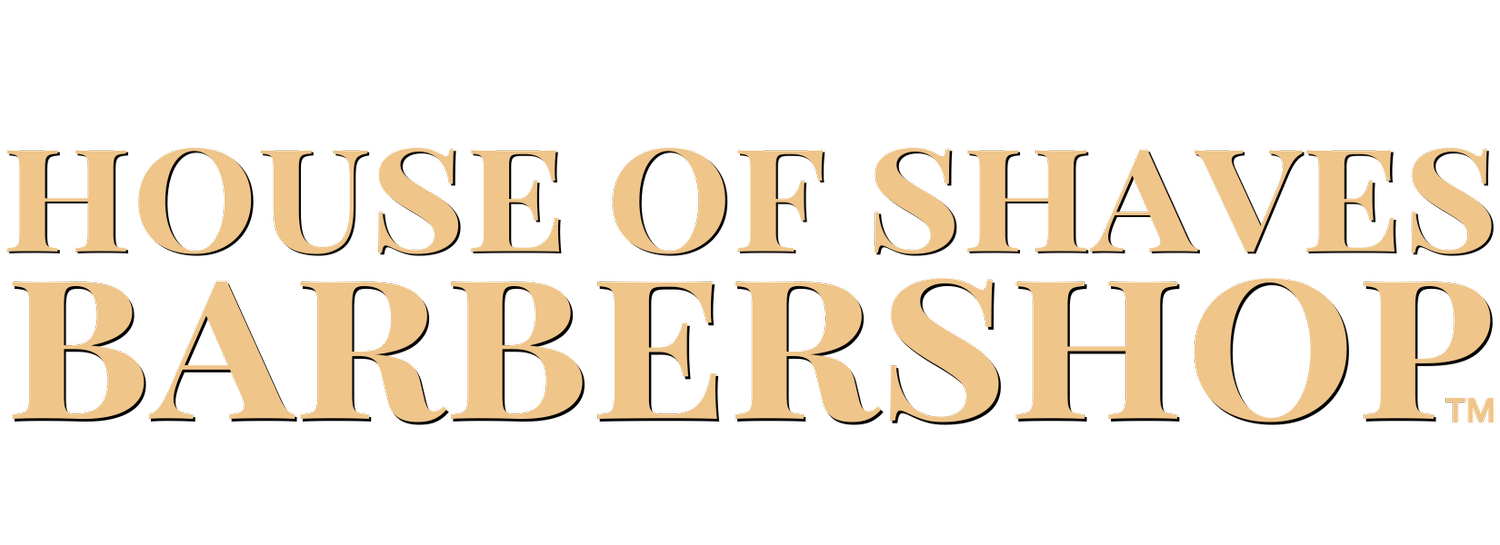Decoding the Economics of Barber Shops: How They Make Money
In this blog post, we're going to delve into the often overlooked topic of how barber shops make money. While it might seem like a straightforward concept, there's more to it than meets the eye. Understanding the economics behind barber shops is crucial for both barbers and salon owners alike, as it directly impacts their profitability and growth potential. So let's dive in and uncover the secrets of the trade.
At its core, a barber shop operates within the service industry. Whether you're a barber, part of a team, or an independent contractor, the fundamental principle remains the same—you're selling your time. This time can be monetized in two ways: through the sale of products or services. However, when it comes to services, what you're really selling is your time, or rather, the barber shop is selling your time.
The profitability of a barber shop hinges on its ability to generate profit, which is what's left after deducting all expenses, including payroll and owner's compensation, from the revenue. Without profit, it's challenging for a business to grow and thrive. So how does a barber shop turn a profit?
The key lies in understanding the difference between the price of the service and the cost of that time to the barber shop. For example, if a barber shop charges $60 per hour for its services, but it costs them $30 per hour to provide those services (including barber compensation), then the gross profit margin is $30 per hour.
This gross profit margin is essential for covering fixed expenses such as rent and utilities, as well as for reinvesting in the business for growth and expansion. The larger the gap between the price of the service and the cost to the barber shop, the healthier the business's bottom line.
For barbers working within a barber shop, their pay is directly proportional to their impact on the business. If they want to earn more, they must either increase revenue or decrease expenses. This can be achieved through various means, such as attracting more clients, upselling additional services, or optimizing efficiency to reduce overhead costs.
However, it's essential to strike a balance between increasing revenue and managing expenses effectively. While raising prices may lead to short-term gains, it's crucial to ensure that expenses are kept in check to maintain profitability in the long run.
In conclusion, barber shops make money by selling time—the difference between what they charge for their services and what it costs them to provide those services. By understanding this fundamental principle and optimizing their operations accordingly, barbers and salon owners can ensure the financial health and sustainability of their businesses.
I hope you found this insight into the economics of barber shops helpful. If you're interested in joining our community to learn more about the industry, check out the link below. Until next time, happy barbering!
